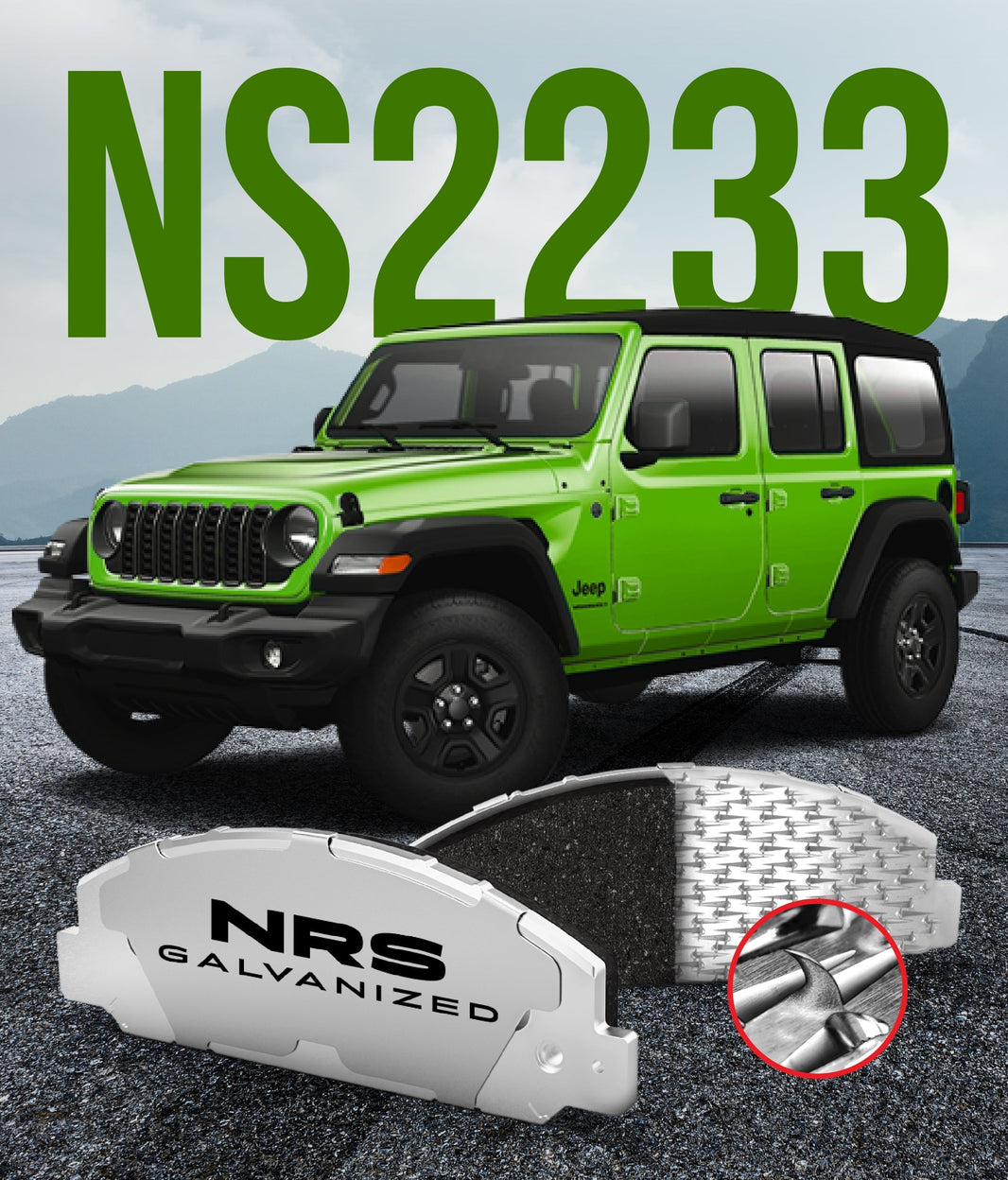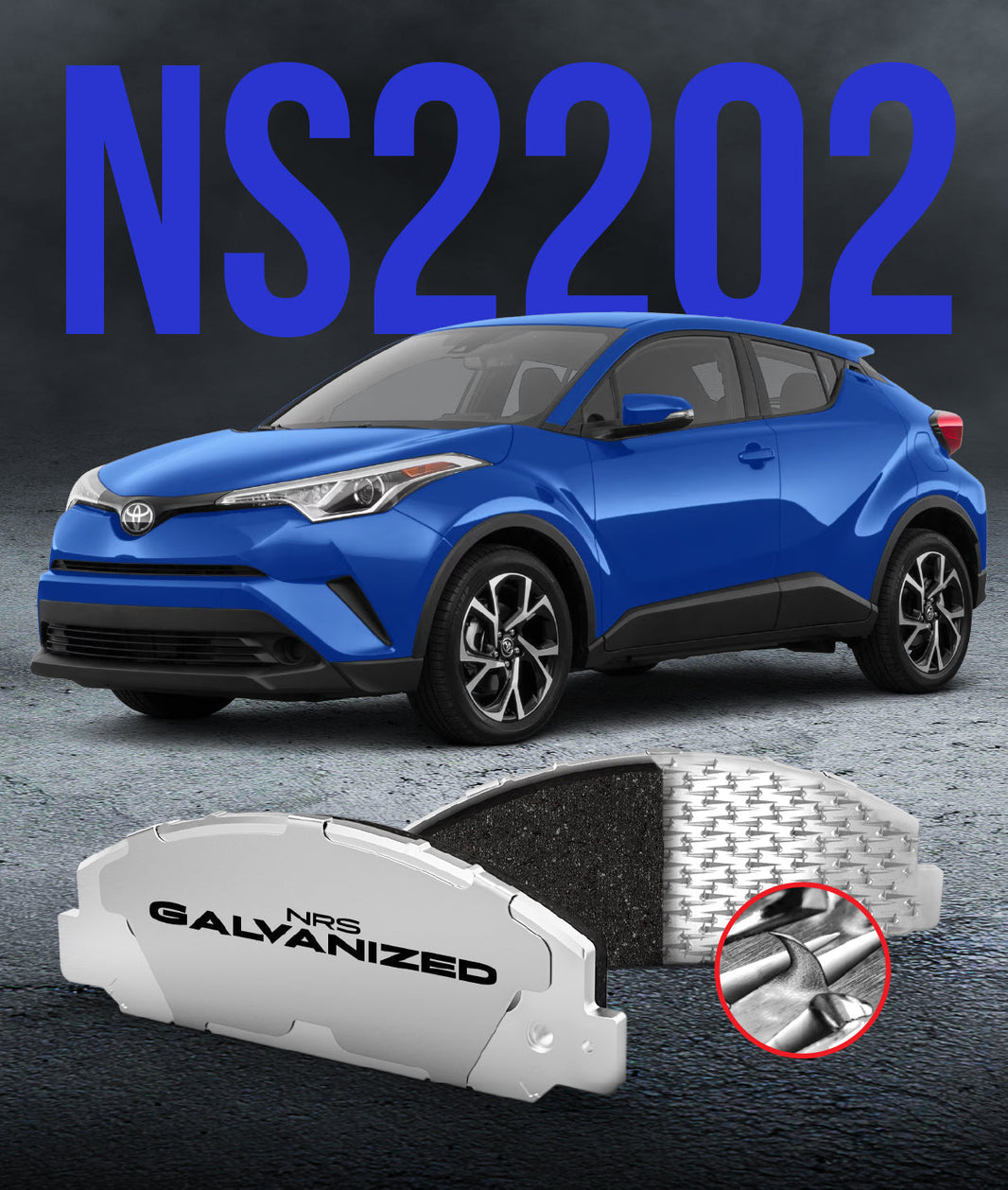 Your car's braking system is arguably its most important safety feature. Forget the airbags for a second, forget the crumple zones – you use your brakes every single time you drive. This complex network of components works tirelessly, allowing you to slow down, stop abruptly, and maintain control in countless situations. A thorough understanding of Automotive Braking Systems isn't just for mechanics; it's essential knowledge for any responsible driver.
Your car's braking system is arguably its most important safety feature. Forget the airbags for a second, forget the crumple zones – you use your brakes every single time you drive. This complex network of components works tirelessly, allowing you to slow down, stop abruptly, and maintain control in countless situations. A thorough understanding of Automotive Braking Systems isn't just for mechanics; it's essential knowledge for any responsible driver.
This article will provide a comprehensive overview of automotive braking systems, starting from the basic components and their functions. We'll explore the different types of systems found in modern vehicles, explain the underlying principles that make them work, and offer crucial maintenance tips. We'll even peek into the future of braking technology and highlight how innovative companies like NRS Brakes are setting new standards. Are you ready to become a more informed and safer driver?
Braking Systems: The Unsung Heroes of Vehicle Safety
We often take our brakes entirely for granted, only giving them a second thought when something feels off or, worse, when they fail. A properly functioning braking system is absolutely critical for preventing accidents and protecting lives. It's not merely about stopping distance; it's about controlled deceleration, preventing skids, maintaining stability, and providing consistent performance under varying conditions.
Modern braking systems are sophisticated feats of engineering, designed for reliability and durability. However, they are mechanical systems subject to immense forces and heat, meaning wear and tear is inevitable, and regular maintenance is non negotiable. Understanding the fundamentals of how your brakes work empowers you to recognize potential problems early, ensuring your vehicle remains safe to operate. It’s like understanding basic first aid – knowing what to look for can make a critical difference.
The Building Blocks: Basic Components of a Braking System
All automotive braking systems, from the simplest setup to the most advanced, rely on a set of core components working in concert. Think of it as a team where every player has a specific role. Here’s a breakdown of the main players:
-
Brake Pedal: The starting point. Your foot applies force here, initiating the entire braking sequence.
-
Brake Booster: This helper uses engine vacuum or an electric/hydraulic pump to multiply the force your foot applies, making braking much easier. Without it, stopping would require serious leg strength!
-
Master Cylinder: Considered the hydraulic heart of the system. It converts the amplified mechanical force from the pedal into hydraulic pressure within the brake fluid.
-
Brake Lines: A network of rigid steel and flexible rubber tubes. These lines act like arteries, carrying the pressurized brake fluid from the master cylinder out to each wheel's braking mechanism.
-
Brake Fluid: The specialized, non compressible fluid that transmits the hydraulic pressure throughout the system. Its condition is critical.
-
Wheel Brake Assemblies: This is where the action happens at each wheel. These assemblies contain the parts that actually create the friction to stop the wheel's rotation.
Within the wheel brake assemblies, you find specific components depending on the system type:
-
Disc Brakes:
-
Brake Rotors (Discs): Large metal discs that rotate with the wheel.
-
Brake Calipers: Clamping devices that house the brake pads and pistons. Hydraulic pressure forces the pistons to push the pads against the rotor.
-
Brake Pads: These consist of friction material bonded to a rigid steel backing plate. They are the consumable part that directly contacts the rotor.
-
Drum Brakes:
-
Brake Drums: Hollow, cylindrical drums that rotate with the wheel.
-
Brake Shoes: Curved components with friction material that press outward against the inside surface of the drum.
-
Wheel Cylinders: Hydraulic cylinders that push the brake shoes against the drum.
Each of these components is vital; a failure or significant degradation in any one part can compromise the entire system's effectiveness and safety. It's a true chain reaction – every link needs to be strong.
NRS Brakes: Elevating the Brake Pad Component
Focusing specifically on brake pads, a component often seen as just a "wear item," reveals critical differences in quality and design. NRS Brakes aims to produce the best brake pads in the aftermarket that fit and function as good as or better than OEM. This commitment involves addressing common failure points in traditional pads.
A key innovation is the NRS Galvanized Advantage. Unlike standard painted or uncoated backing plates that are susceptible to rust, NRS utilizes galvanized steel backing plates. This zinc plating provides superior corrosion resistance, ensuring the structural integrity of the pad throughout its life and preventing rust from compromising the friction material bond. This means the friction material can work effectively right down "to the last millimeter," maximizing pad life and maintaining safe performance. It’s a foundational element that sets NRS pads apart – truly "The Next Generation Brake Pad is Galvanized."
Furthermore, NRS tackles the critical bond between the friction material and the backing plate differently. Instead of relying solely on adhesives, which can degrade under heat and stress or be compromised by rust, NRS employs its award winning, patented mechanical attachment system – NRS Hooks. Hundreds of small hooks are integrally formed into the galvanized backing plate, creating a physical, mechanical interlock with the friction material as it's molded. This technology ensures the friction material "will never delaminate" from the backing plate, overcoming the inadequacies of adhesive usage and providing significantly enhanced safety and durability.
Types of Braking Systems: A Variety of Approaches
Automotive braking systems have evolved considerably over the decades. Today, several distinct systems work together or independently:
-
Disc Brakes: Now the standard, especially for front wheels (which handle most braking force). They offer excellent stopping power, superior heat dissipation (reducing fade), and perform better in wet conditions than drums.
-
Drum Brakes: An older design, often found on the rear wheels of less expensive cars or some trucks. They are cheaper to produce but less powerful and more prone to overheating and fade.
-
Anti lock Braking System (ABS): A crucial safety feature. Using wheel speed sensors, ABS prevents wheels from locking up during hard braking. By rapidly pulsing the brake pressure at individual wheels, it allows the driver to maintain steering control while braking heavily.
-
Electronic Stability Control (ESC): An even more advanced system building on ABS. ESC uses sensors to detect potential skids (loss of traction) during cornering or sudden maneuvers. It can selectively apply brakes to individual wheels to help keep the vehicle stable and on its intended path.
-
Parking Brake (Emergency Brake): A separate, usually mechanical, system (often cable operated) designed to hold the vehicle stationary when parked. It typically acts on the rear wheels and serves as a backup if the main hydraulic system fails.
Most modern vehicles combine disc brakes (often all around) with ABS and ESC, creating multiple layers of safety technology. Understanding these acronyms helps you appreciate the safety features built into your car.
The Science of Stopping: How Hydraulic Brakes Work
The vast majority of Automotive Braking Systems operate on hydraulic principles, leveraging Pascal's Law. This law states that pressure applied to an enclosed fluid is transmitted undiminished to every portion 1 of the fluid and the walls of the containing vessel. It's a remarkably effective way to multiply force.
Here’s the sequence: You press the brake pedal. The brake booster amplifies this force. The master cylinder converts this mechanical force into hydraulic pressure within the brake fluid. Because brake fluid is virtually incompressible, this pressure travels instantly through the brake lines. At the wheel, this pressure acts on pistons within the caliper (disc brakes) or wheel cylinder (drum brakes). These pistons then force the brake pads against the rotor or the brake shoes against the drum.
This friction converts the car's kinetic energy into heat, slowing the wheel's rotation and thus, the vehicle. The hydraulic system provides significant mechanical advantage, allowing your relatively light foot pressure to generate the immense clamping force needed to stop thousands of pounds of moving vehicle. It’s basic physics, applied brilliantly.
The Critical Bond: NRS Mechanical Attachment Revisited
As mentioned earlier, the way the brake pad's friction material attaches to its backing plate is absolutely critical, especially under the high stress of braking. Delamination – the separation of these two parts – is a dangerous failure mode. Traditional methods relying solely on adhesives can be compromised by heat, moisture, and rust on the backing plate.
This is where the NRS Hooks technology provides a definitive advantage. By creating a physical, mechanical interlock between the galvanized backing plate and the friction material, NRS eliminates the possibility of adhesive failure or rust induced separation. This robust connection also contributes to quieter operation by reducing vibration at the pad surface, a feature highlighted in NRS Brakes' design ("Less Vibration, Less Noise"). This award winning technology, honed over 30 years of experience as an original supplier to car companies, ensures a safer, more secure stop throughout the entire life of the brake pad.
Maintenance and Troubleshooting: Keeping Your Brakes Healthy
Regular maintenance is non negotiable for ensuring the safe and reliable operation of your braking system. Neglecting brakes leads to reduced performance, costly repairs, and dangerous situations.
-
Regular Inspections: Get your brakes checked by a qualified mechanic annually, or sooner if you notice issues. They'll measure pad/shoe thickness, check rotor/drum condition, inspect fluid, lines, and hardware.
-
Pad/Shoe Replacement: Replace pads/shoes when they reach the minimum recommended thickness. Choosing durable options like NRS can extend the interval between replacements.
-
Rotor/Drum Service: Worn or warped rotors/drums may need resurfacing or replacement.
-
Brake Fluid Flush: Brake fluid degrades over time by absorbing moisture. Flush and replace it every 2-3 years or per manufacturer recommendation.
-
Component Checks: Inspect calipers, wheel cylinders, and lines for leaks, sticking, or damage.
-
Heed Warning Signs: Never ignore squealing, grinding, vibrations, pulling, a soft pedal, or brake warning lights. Address them promptly!
Proactive maintenance saves money and ensures safety. As NRS Brakes customers testify, quality pads lead to "Superb performance and reliability" and can eliminate issues like noise even on older vehicles.
The Future of Braking: Innovation on the Horizon
Braking technology continues to advance rapidly. We are seeing new technology constantly.
-
Regenerative Braking: Standard in EVs/hybrids, capturing braking energy to recharge the battery. This changes the demands on friction brakes, making rust resistance (like NRS galvanized pads offer) even more crucial due to less frequent use.
-
Brake by Wire Systems: Replacing hydraulic lines with electronic signals for potentially faster response and better integration with driver assist systems.
-
Autonomous Emergency Braking (AEB): Using sensors to automatically apply brakes to prevent or mitigate collisions.
These advancements aim for greater safety, efficiency, and integration within the vehicle. The underlying need for reliable friction braking, however, remains.
We at NRS Brakes are proud to be at the forefront of brake pad technology, providing components that meet and exceed OEM standards for today's and tomorrow's vehicles. Our commitment is demonstrated through our patented, award winning NRS Hooks mechanical attachment and our pioneering use of galvanized steel backing plates ("The Next Generation Brake Pad is Galvanized").
Trusted by customers worldwide and recognized by industry experts like AutoGuide, we focus on delivering lasting performance, unmatched durability, and superior safety. Whether you drive a domestic truck, an imported sports car, or the latest EV, we engineer the Best Brake Pads to ensure you stop safely, quietly, and reliably, every time. Understanding your Automotive Braking Systems is key – choosing quality components is paramount.




